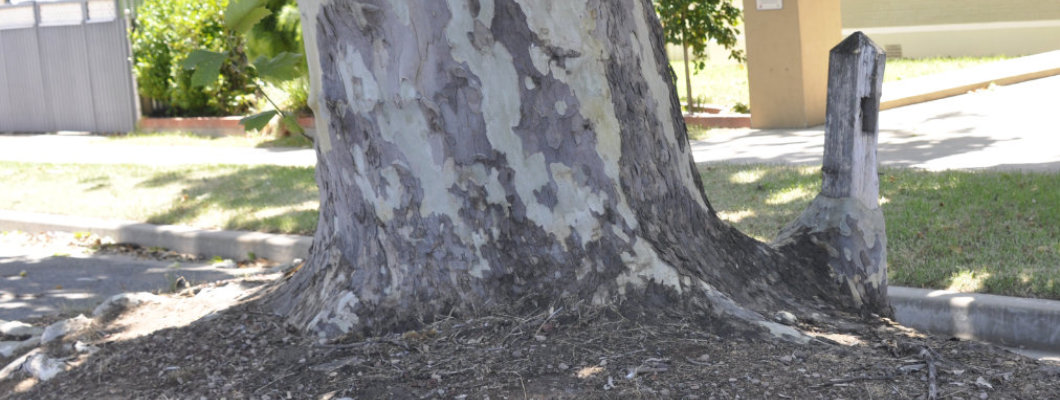
Title image above is copyright © Kristi Ellinopoullos
(This article was originally published 21st January 2025 here on our Jujube Tree Nursery site.)
First published here 2nd February 2025.
Last December hubby and I had a wonderful time exploring the NSW Riverina area. If we hadn’t parked where we did in Narrandera (to visit the Tiger Moth Memorial) we would never have discovered this amazing tree, which we simply call The Narrandera Tree:
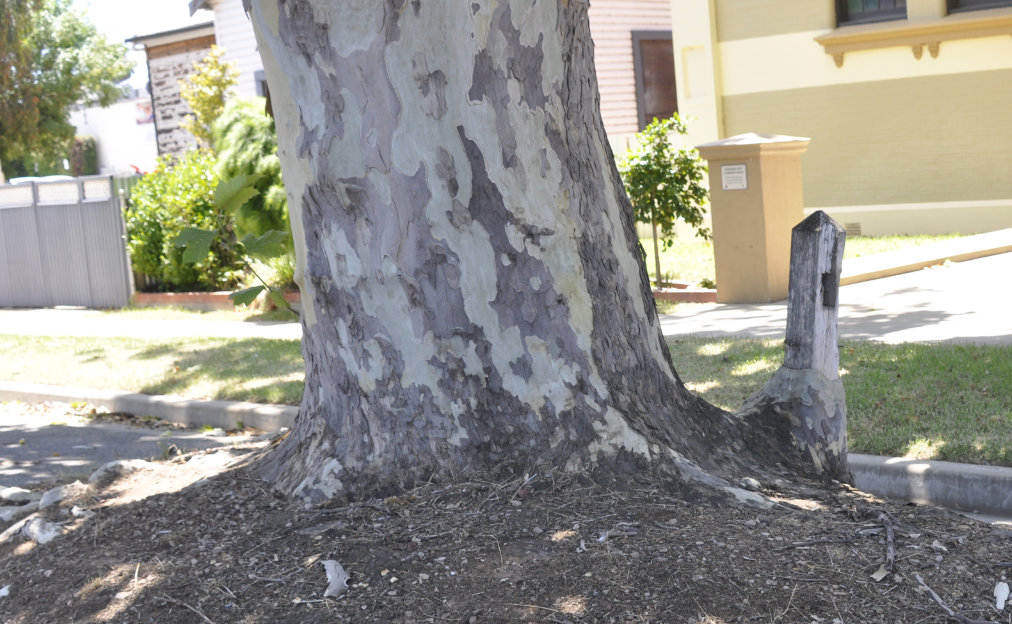
copyright © Kristi Ellinopoullos
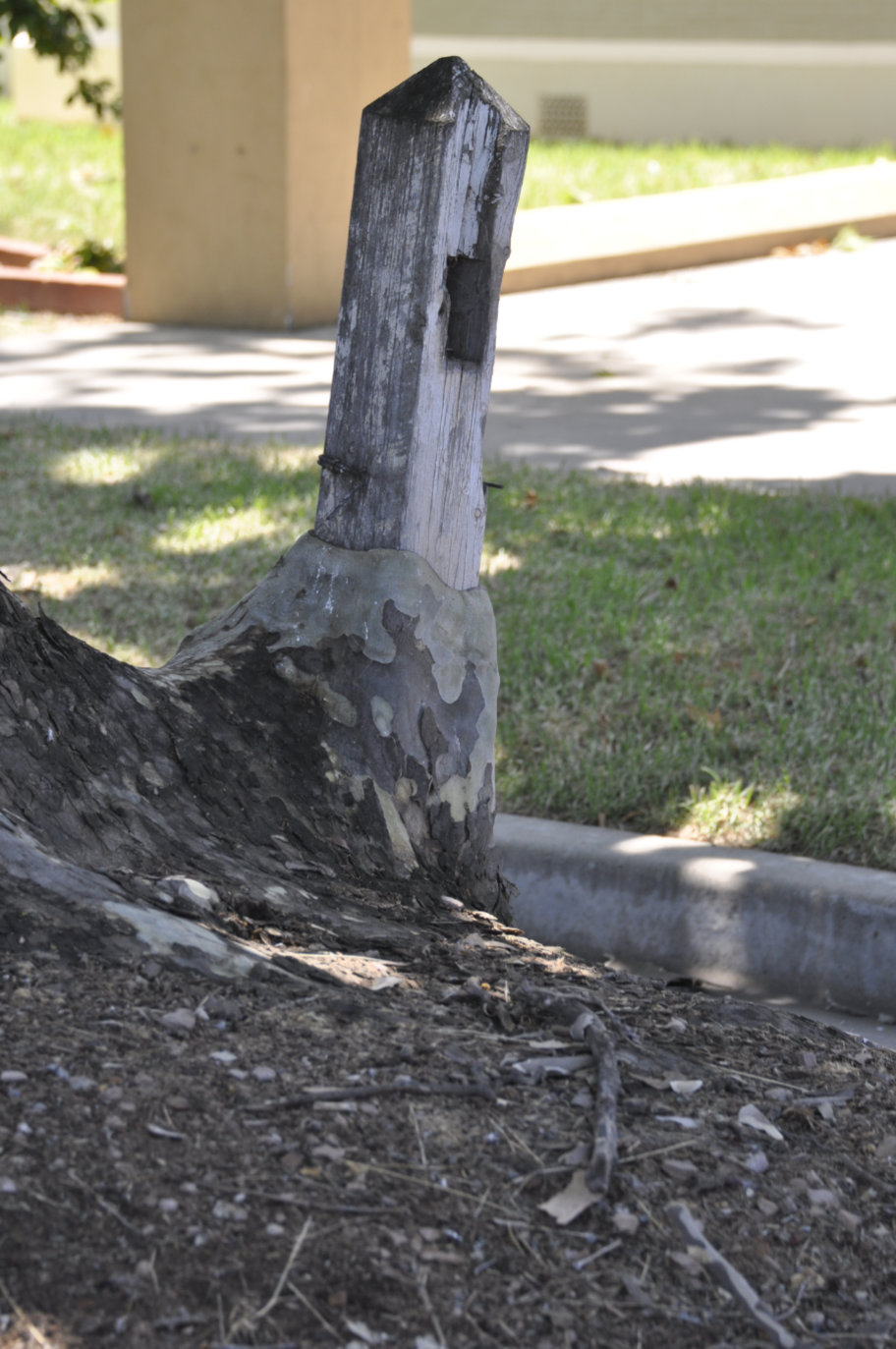
copyright © Kristi Ellinopoullos
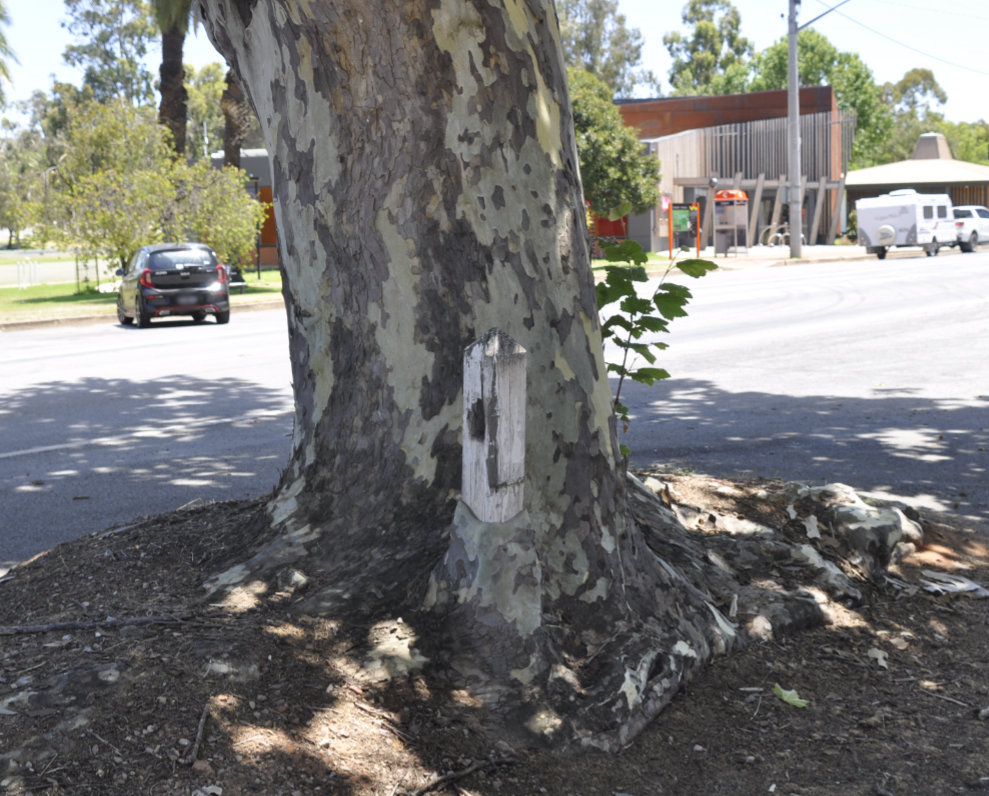
copyright © Kristi Ellinopoullos
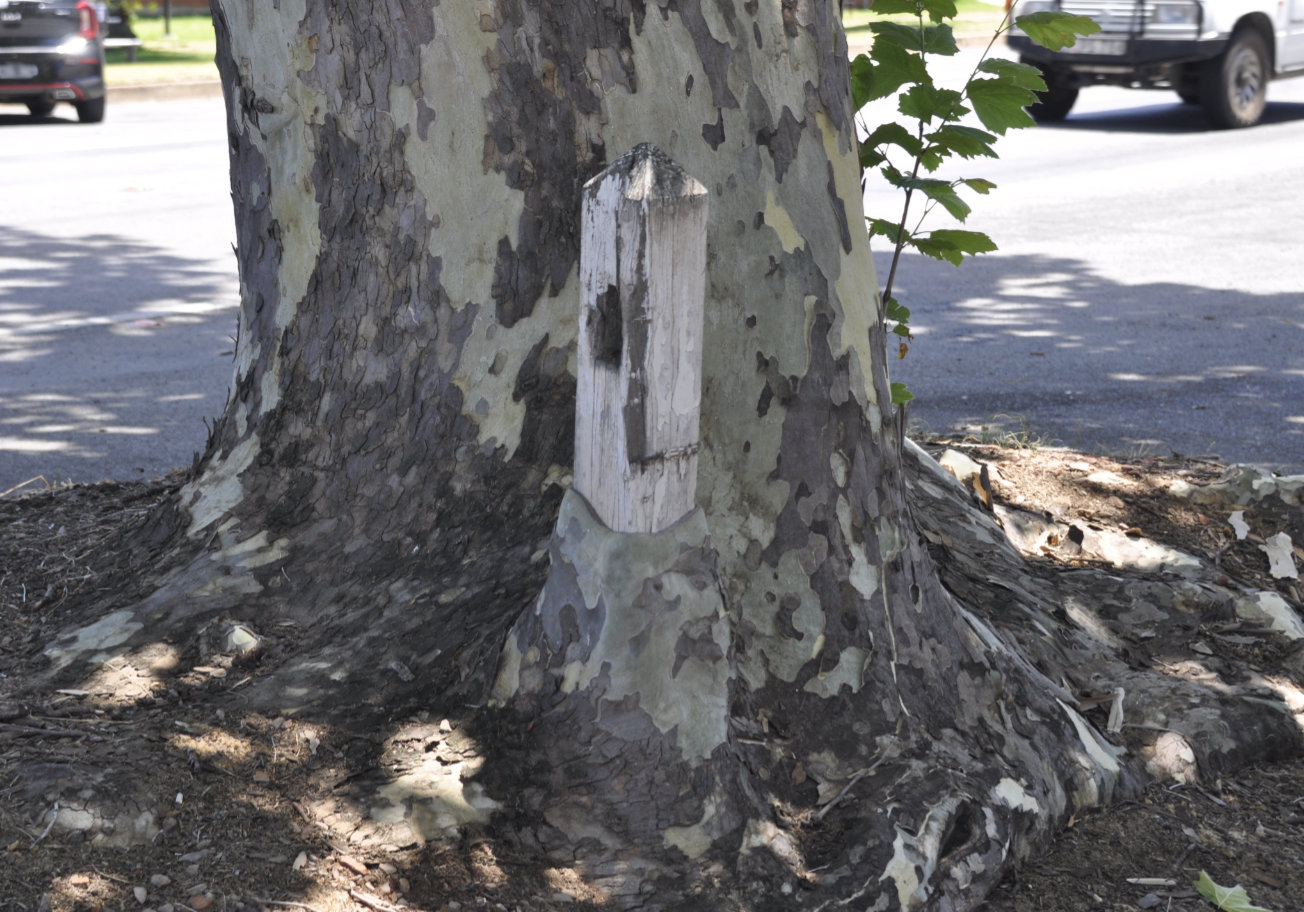
copyright © Kristi Ellinopoullos
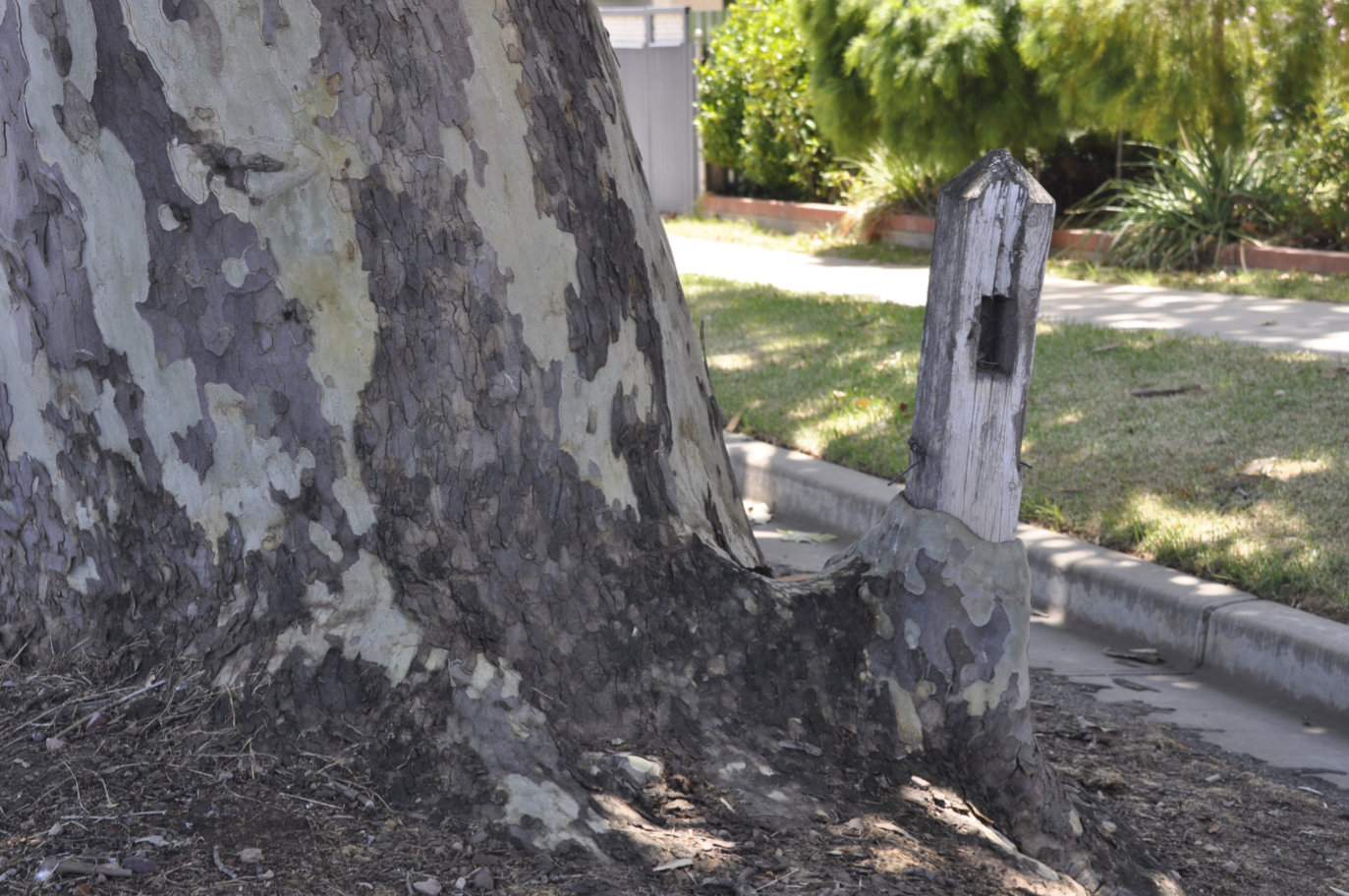
copyright © Kristi Ellinopoullos
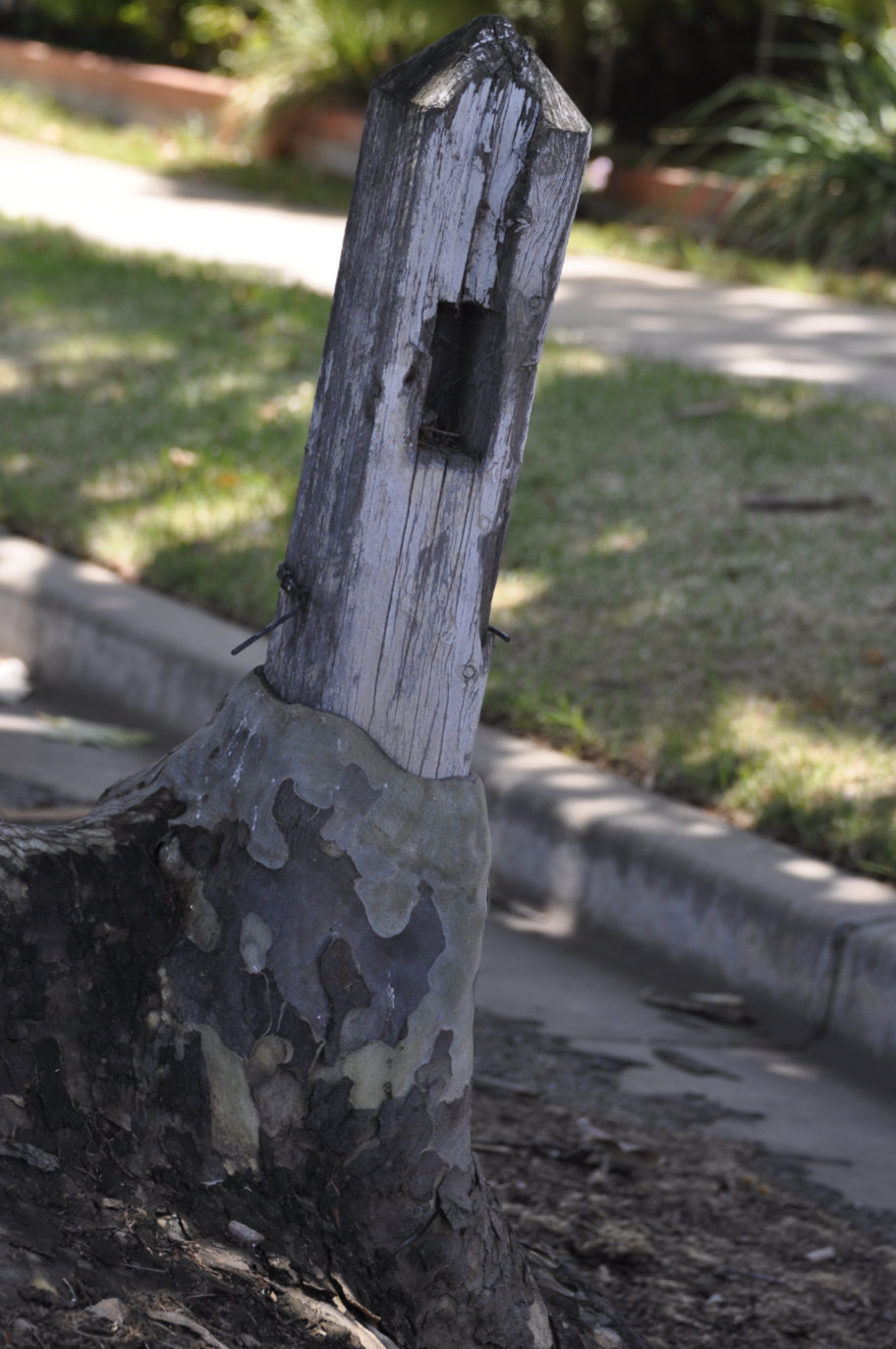
copyright © Kristi Ellinopoullos
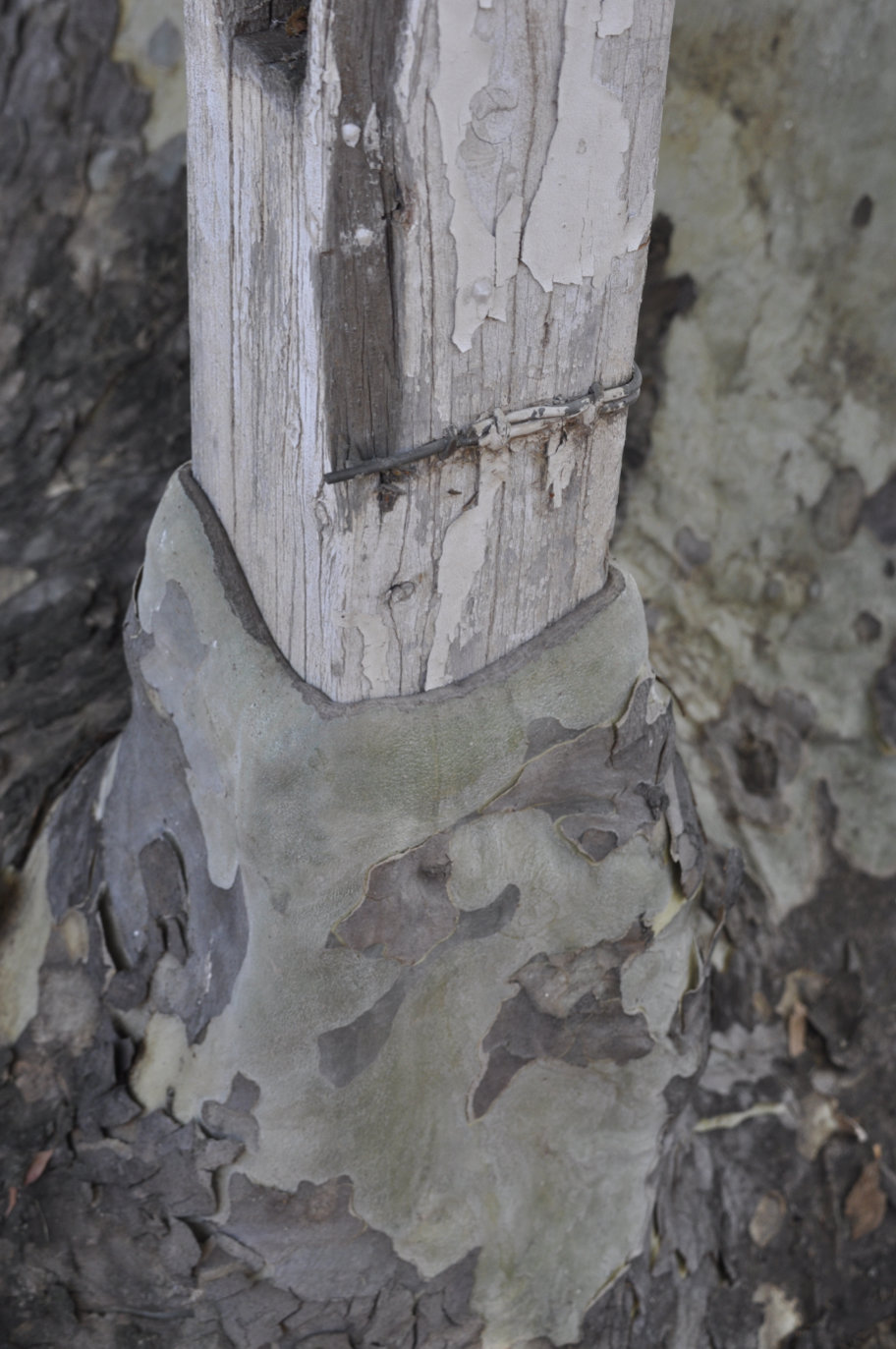
copyright © Kristi Ellinopoullos
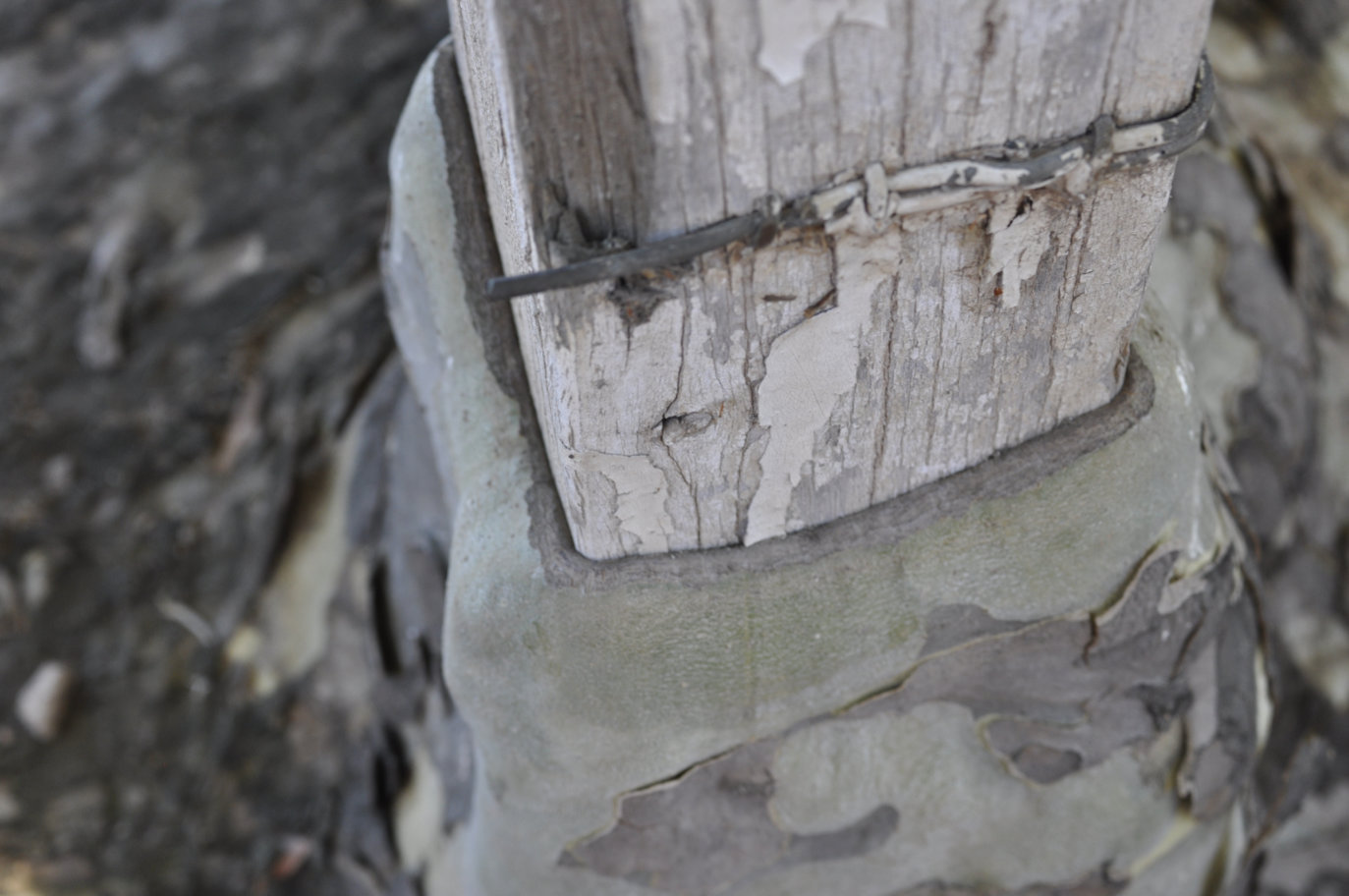
copyright © Kristi Ellinopoullos
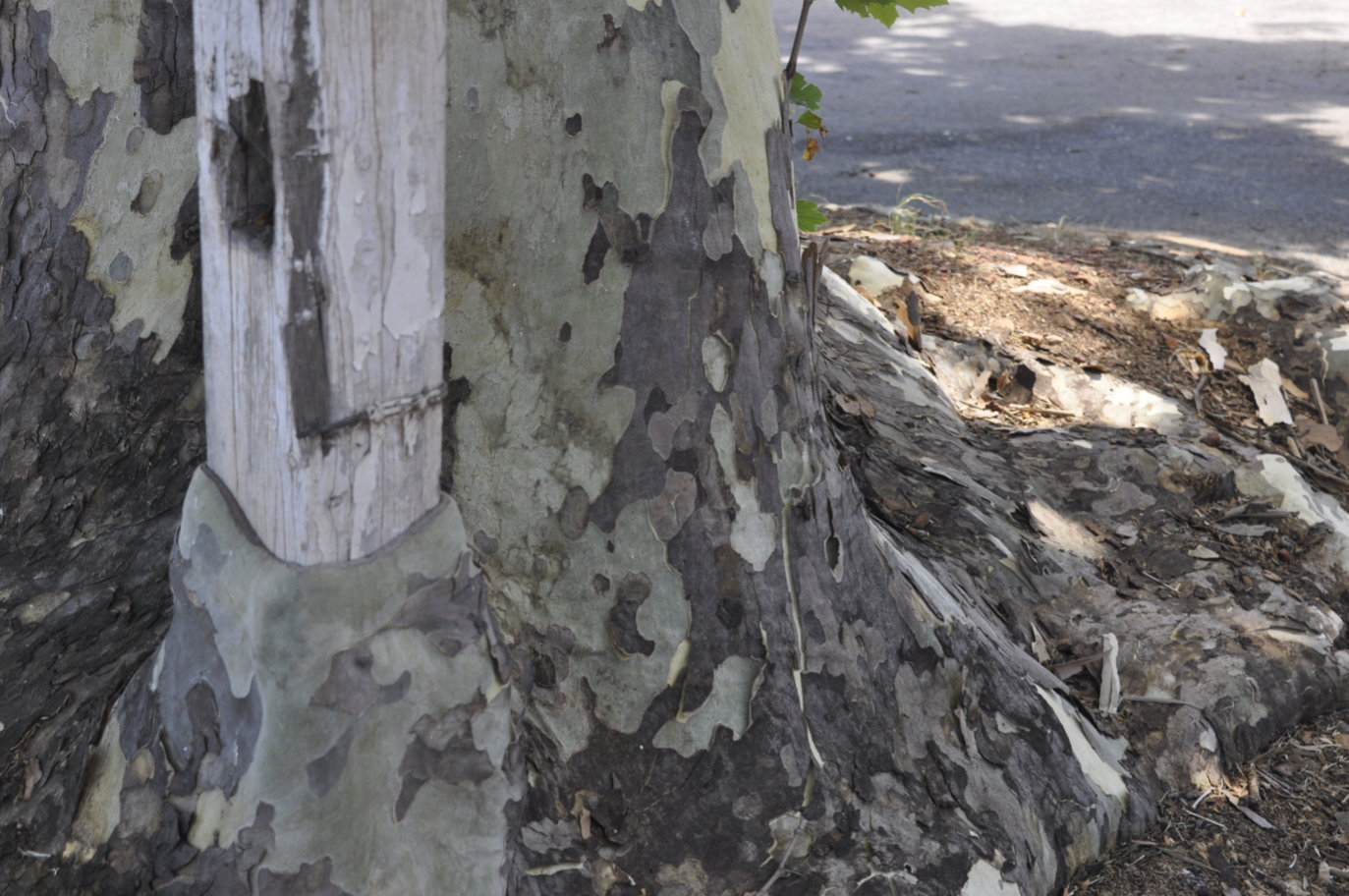
copyright © Kristi Ellinopoullos
Here I interrupt transmission to mention that I went on to present the theory below, but asked on the original post for anyone else’s thoughts. jimmywomble said: “Good morning Kristi, an interesting find with your Narrandera Tree. I would say it’s nothing more than the pearl in an oyster syndrome. The post is possibly decades older than the tree and as its roots developed it found an irritation and grew around it, like a gall or callous. I’ve seen the same with rocks and tree roots but not exposed above ground level though. Your theory is pretty good too.”
I replied, saying “Good morning Jim and thank you for your input! Yep, what you say makes a lot of sense too. I’m probably overthinking this on account of that perfectly square growth and how it just seems one with the post. Would so love to know the history of that post. And the tree for that matter. f anyone more cluey on gums than me could hazard a guess as to the tree’s age and species please do let us know!”
Original post continues below, for better or worse:
What caused it to grow like this? My guess is that some time many years ago, the post was driven through a much younger, softer, surface root. This action possibly tore a hole in the root, but didn’t sever it completely from the tree. Rather, I’m guessing that the fibrous nature of the root tissue caused it to be pushed either side of, and around the post, similar to the threads in a piece of cloth being pushed aside and around a piercing needle.
But the root is living tissue, and would have healed around the tear. New bark was likely being laid along the perimeter of the tear, encircling the post at the same time. Somewhat like a river splitting into two streams to go around a rock then joining up on the other side.
This tree has somewhat buttress-like surface roots at the base of the trunk. The root with the post through it, also at the surface, grew thicker and protruded more onto the surface over time just as the others did. But unlike the others which are following the contours of the land, this one’s growth was dictated by the post inside it, and thus grew upwards around it.
At least that’s my theory and I could be wrong! I certainly welcome anyone’s thoughts in the comments.
And such a beautiful tree too. Does anyone know the species?
How this root handled both a major disruption and an insurmountable object in its life, in a way both beautiful and charming, is quite inspiring I feel!

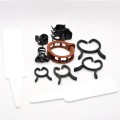
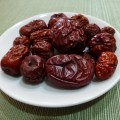
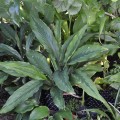
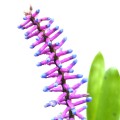
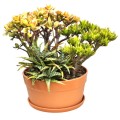


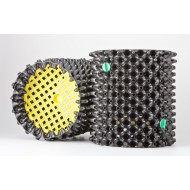

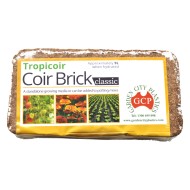
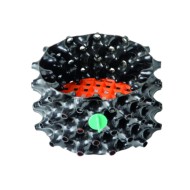
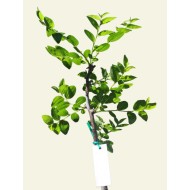

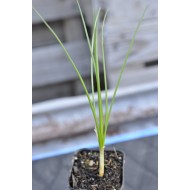
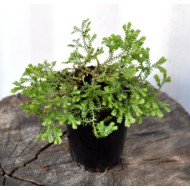
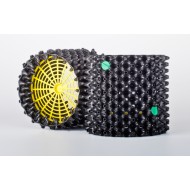
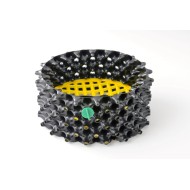
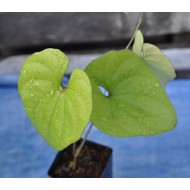
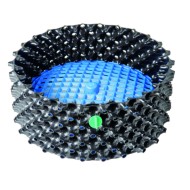
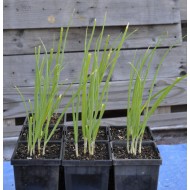
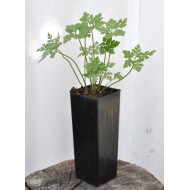
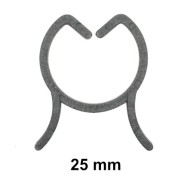


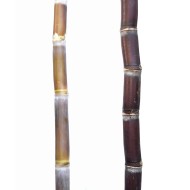
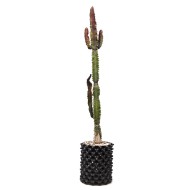
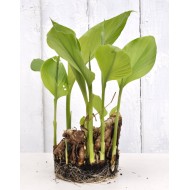

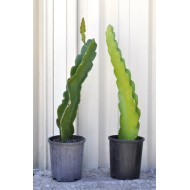
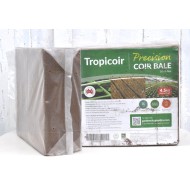
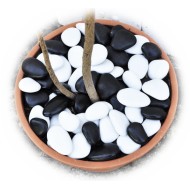
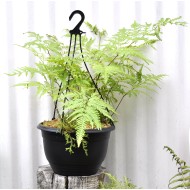
2 Comment(s)
Oh the wonderful mysteries presented by the history of trees. What a lovely example to share Kristi. Thank you.
You are so welcome Helen, thank *you*!
Leave a Comment